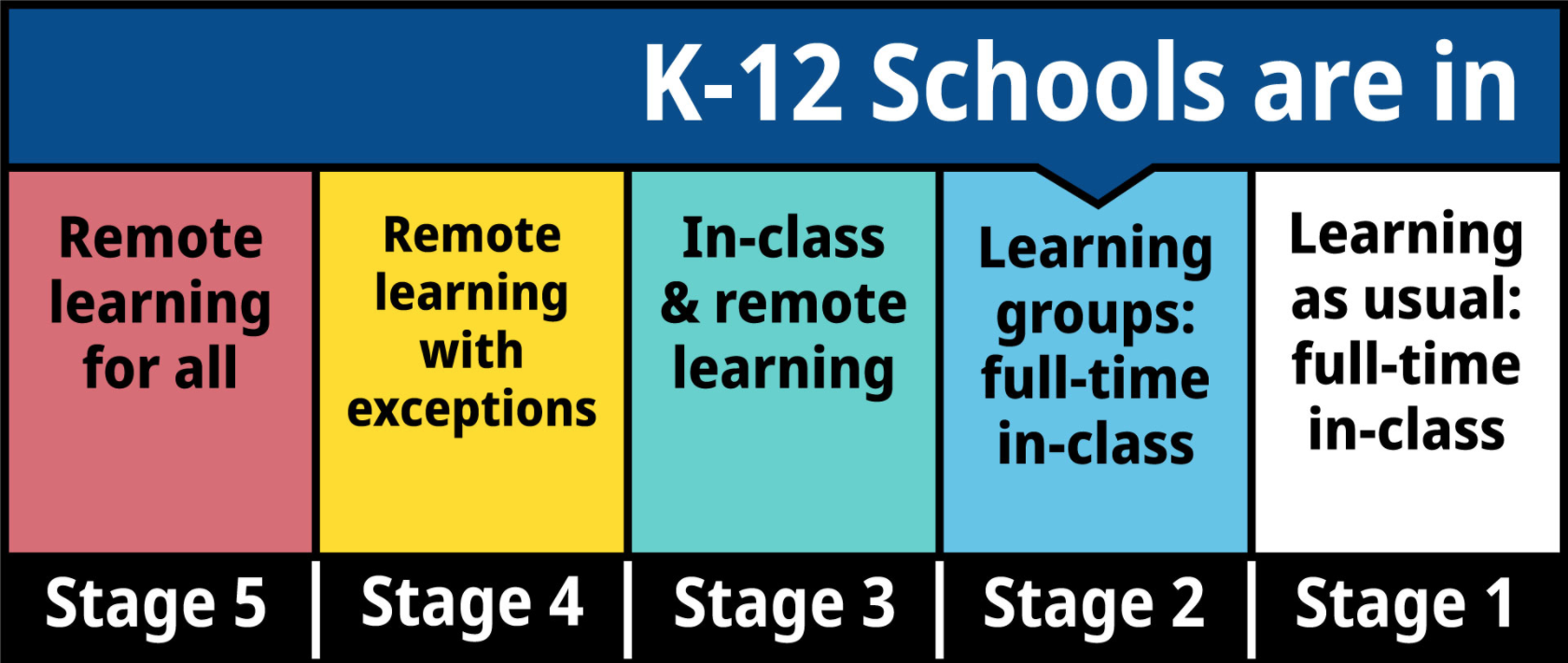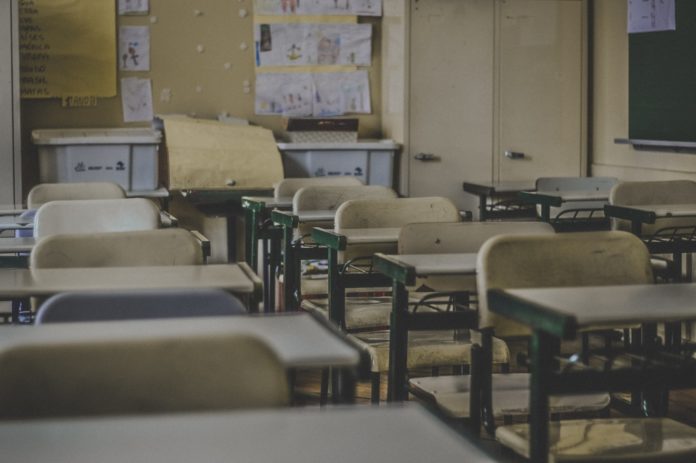Earlier this week, the B.C. Ministry of Education announced a slower start to the school year this fall in order to give teachers and staff more time to acquaint themselves with health and safety measures implemented due to COVID-19.
This announcement means students will return to classrooms on September 10 instead of September 8 as originally planned.
Teachers and staff, on the other hand, will head back on September 8 and spend two days meeting with their school’s joint health and safety committee to go over how guidelines developed with the BC Centre for Disease Control and provincial health officer will work at their school.
“We have been calling for some time for health and safety orientation training for school staff at the beginning of the school year,” said BC Teachers’ Federation President Teri Mooring in a phone interview with Victoria Buzz.
“So I’m heartened to hear that the Ministry is devoting two days for that work to take place, and I think this is a good start.”
The BC Teachers’ Federation was initially critical of the government’s decision to send all K-12 students back to classrooms without an adjustment period in place, and called for more time.
Mooring says the Province’s slightly more phased-in approach is a step in the right direction.
These decisions were made by a steering committee and working groups, through consultation with the provincial health officer. The BCTF has two representatives on this steering committee and 25 active classroom teachers who are involved in the working groups.
According to Mooring, the two day period for teachers to learn the logistics of how new COVID-19 safety measures will work on the ground is a good start but the BCTF will advocate for more time should the need arise.
As it stands, B.C.’s school restart plan is in Stage two of a five stage approach, meaning students will return to class full time but remain in learning pods of 60 or 120 people, depending on what grade they are in.
“We knew there was a chance that we might enter the school year in one stage and move to another stage. We hope that doesn’t happen but we think it could,” said Mooring, referring to the rising number of COVID-19 cases in the province in recent weeks.

One point of contention in B.C.’s restart plan for the K-12 system is that of requiring mandatory masks in spaces where physical distancing is not possible for students and teachers to maintain—like on buses and in common areas.
Thus far Provincial Health Officer Dr. Bonnie Henry and her team of public health officials have been adamant in keeping a mandatory face covering policy out of the school system.
However not everyone agrees.
“I do think there needs to be plans in place for masks to be required in certain situations and it can’t be ambiguous,” said Mooring on that subject.
“I’m quite confident that the policy will be in place before the school starts. There need to be measures in place that people know will keep them safe and that’s one of the basic ones.”
Furthermore, within learning groups of 60 or 120, Dr. Henry has maintained that students will still be minimizing contact and keeping distance from one another.
However Mooring says this would be difficult to achieve in the status quo, given that the most common class size from Grades 4 to 12 include 30 students plus the teacher and support staff.
“We’re calling for reduced classroom density in order to facilitate physical distancing… because it’s not realistic that physical distancing is going to be possible [in classrooms],” adds Mooring.
She also stated that work is currently underway to make sure there are alternate spaces available for students and staff to be able to maintain distances in school.
The topic of reducing classroom density is ongoing in the steering committee that informs the decisions made by the Ministry of Education on the province’s school restart plan.
Mooring adds that this is a particularly nerve wracking and stressful time for teachers, staff and parents alike but there is a need for patience as details are in the process of being worked out.
“Right now, working groups are developing frameworks and resources for districts to use in their planning,” she said.
“It’s likely that district details hopefully are communicated a little earlier but the planning process won’t be complete until the end of August.”


